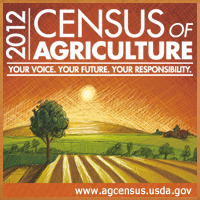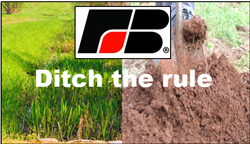 Last year, growers across the Midwest utilized the innovative insect forecast tool at insectforecast.com to help predict migration patterns of corn earworm, western bean cutworm and corn rootworms. This year, users additionally will be able to monitor soybean aphids, a pest that can significantly damage a crop and reduce yield if not dealt with effectively.
Last year, growers across the Midwest utilized the innovative insect forecast tool at insectforecast.com to help predict migration patterns of corn earworm, western bean cutworm and corn rootworms. This year, users additionally will be able to monitor soybean aphids, a pest that can significantly damage a crop and reduce yield if not dealt with effectively.
“Now insectforecast.com is the single-stop source for finding out about the latest migration patterns and research for soybean aphids along with other key pests,” says Tony White, soybean product development manager for Genuity. “It’s a fast, reliable way for growers to guard their crops against infestations and learn about helpful ideas for better insect protection for specific regions.”
The online insect forecast tool was developed by climatologist and meteorologist Mike Sandstrom, to help farmers understand their current pest pressure and make more accurate predictions of future migration. Due to daily monitoring of insect traps combined with weather patterns, the insect forecast tool is able to provide forecasts up to five days in advance.
Read More






 Al Myers, Ag Leader CEO, says:
Al Myers, Ag Leader CEO, says:

